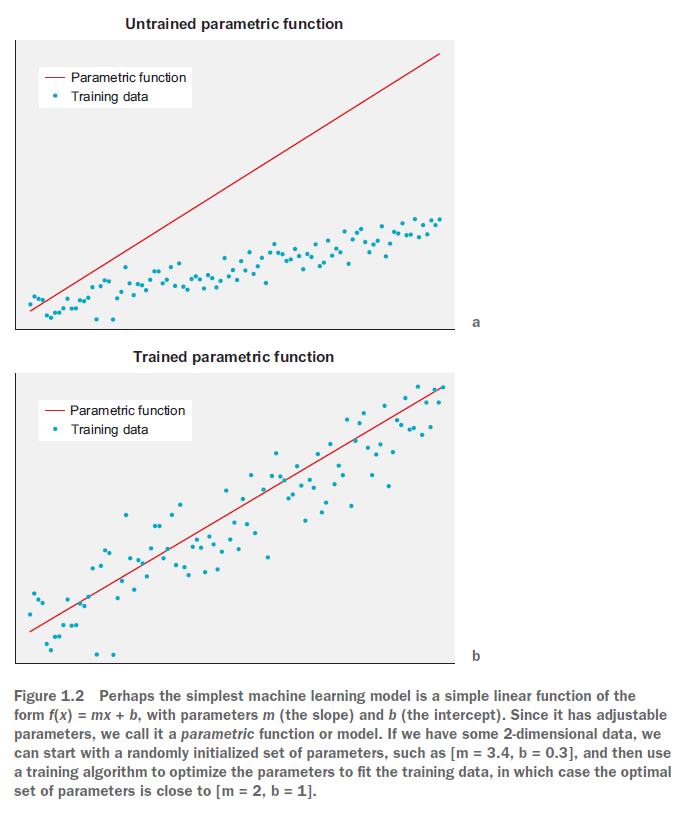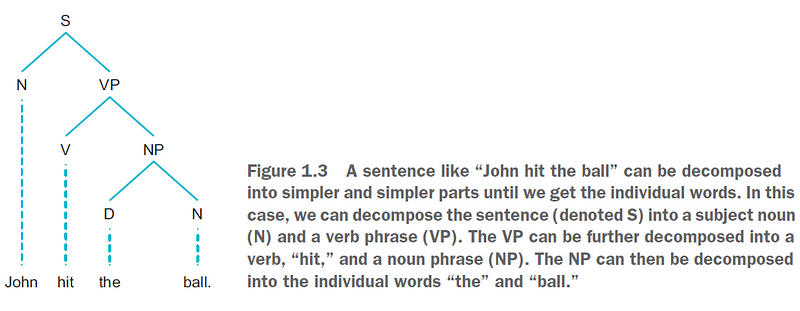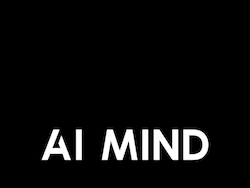Understanding Deep Reinforcement Learning: A Comprehensive Guide
Written on
Chapter 1: Introduction to Reinforcement Learning
Reinforcement learning (RL) is a vital area in machine learning, particularly when integrated with deep learning models. This combination forms what is known as deep reinforcement learning (DRL), which applies neural networks to RL tasks, as will be elaborated in Section 1.2. Consider image classification: we often have a collection of images representing various categories, such as different animal species. Our goal is to develop a model that can analyze an image and accurately identify the type of animal shown, similar to the illustration in Figure 1.1.

The Role of Deep Learning in Reinforcement Learning
Deep learning frameworks are just one of several approaches for image classification. Fundamentally, we require a function capable of receiving an image and providing a corresponding class label, such as identifying the animal in the image. Typically, this function comprises a fixed set of parameters, known as parametric models.
Initially, we utilize a parametric model with randomly assigned parameters, which results in arbitrary class labels for the input images. Through a training process, we refine these parameters, progressively enhancing the model's classification accuracy. Eventually, the parameters reach an optimal configuration, meaning the model can no longer improve in its classification performance. These parametric models can also be applied to regression tasks, enabling predictions on unseen data (see Figure 1.2). More complex models may yield better results if they have additional parameters or a more sophisticated architecture.

The Power of Deep Neural Networks
Deep neural networks (DNNs) are favored because they often provide superior accuracy in parametric machine learning tasks like image classification. This effectiveness stems from their data representation approach. DNNs consist of multiple layers (hence “deep”), which allows them to learn hierarchical representations of data. This layered structure reflects compositionality, where complex data is depicted as a combination of simpler components, which can be further deconstructed into even more basic elements, ultimately culminating in atomic units.

Compositionality in Human Language and Neural Networks
Human language exemplifies compositionality (see Figure 1.3). A book is made up of chapters, which are comprised of paragraphs, that in turn consist of sentences, continuing down to individual words—the smallest meaningful units. Each level conveys meaning, just as deep neural networks can learn to represent an image as a composition of basic contours and textures, assembled into fundamental shapes, leading to the complete, intricate image. This ability to manage complexity through compositional representations is a key factor in the effectiveness of deep learning.
Reinforcement Learning as a Control Framework
It is crucial to differentiate between the problems we face and the solutions we design. While deep learning can be applied to various tasks, such as image classification, there are many other automation challenges we might tackle, like self-driving cars or financial portfolio management. Driving involves image processing but primarily requires the algorithm to learn how to make decisions rather than simply classifying or predicting outcomes. Such decision-making challenges are collectively termed control tasks.

Reinforcement learning presents a versatile framework for defining and addressing control tasks. Within this framework, we can select algorithms suited for specific control challenges (see Figure 1.4). Deep learning methods naturally fit this context due to their efficiency in processing complex data, which is why our focus will be on deep reinforcement learning. We will also explore how to design suitable deep learning models that align with this framework to effectively tackle various tasks.

The Temporal Dimension in Control Tasks
Transitioning from image processing to control tasks introduces the additional dimension of time. In image processing, a deep learning algorithm is typically trained on a static dataset of images. After adequate training, we can deploy this high-performing model on new, unseen images. This dataset can be envisioned as a "space" where similar images cluster together while distinct images are spaced further apart (see Figure 1.6).
In control tasks, we also process a data space, but each data point possesses a temporal aspect—decisions made at one moment are influenced by previous events. This dynamic nature diverges from standard image classification, where time is not a factor. The training process for control tasks is more fluid, as the dataset evolves based on the algorithm's actions.
Traditional image classification falls under supervised learning, where the algorithm learns to classify images using pre-labeled data. Initially, the algorithm makes random guesses and is iteratively corrected until it identifies features corresponding to the correct labels. This process can be labor-intensive, requiring large datasets of images with manually assigned labels.
In contrast, reinforcement learning (RL) does not necessitate knowing the correct action at every juncture. Instead, we define the overall goal and identify behaviors to avoid. Training an RL algorithm resembles teaching a dog a trick through rewards. For instance, in a self-driving car scenario, the primary goal might be to navigate safely from point A to point B. Upon successful completion, the car receives a reward, while a crash incurs a penalty.
Simulations are utilized for training, allowing repeated attempts to refine performance. The algorithm’s singular objective is to maximize its rewards, necessitating the acquisition of fundamental skills to achieve this end. Negative rewards can also be implemented to discourage undesirable actions, driving the algorithm to learn behaviors that yield positive reinforcement. This mechanism is what characterizes reinforcement learning: we use reward signals to reinforce behaviors, mirroring the way animals learn by seeking pleasure and avoiding pain (see Figure 1.7).

A Message from AI Mind

Thank you for being part of our community! Before you leave, please consider the following: Clap for the story and follow the author. Explore more content in the AI Mind Publication. Enhance your AI prompts effortlessly and for free. Discover intuitive AI tools.
Video Insights on Reinforcement Learning
To enhance your understanding of reinforcement learning, check out the following videos:
The first video, "Reinforcement Learning Explained in 90 Seconds," provides a quick overview of the fundamentals of reinforcement learning.
The second video, "Reinforcement Learning: Machine Learning Meets Control Theory," delves deeper into the relationship between reinforcement learning and control theory.